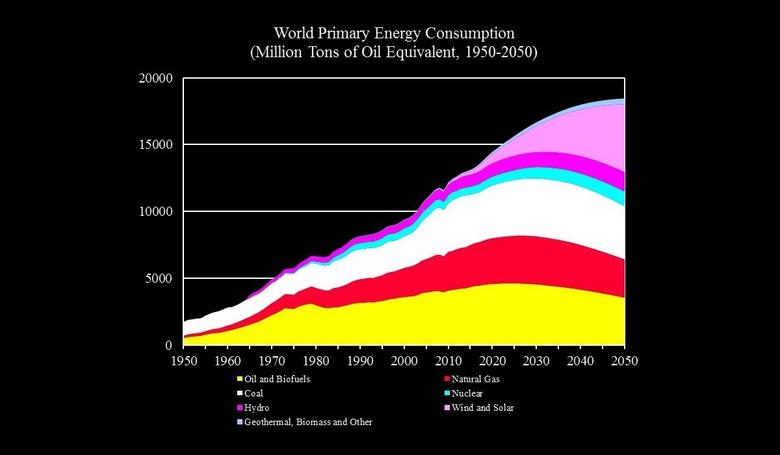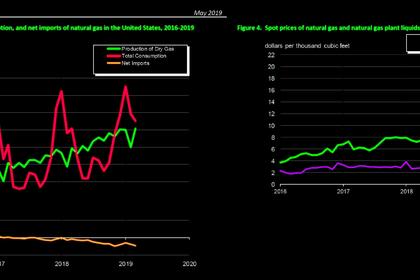
2018 GAS DEMAND FASTEST UP

IEA - After another record year, global demand for natural gas is set to keep growing over the next five years, driven by strong consumption in fast-growing Asian economies and supported by the continued development of the international gas trade.
Demand for natural gas grew 4.6% in 2018, its fastest annual pace since 2010, according to the IEA's latest annual market report, Gas 2019. Gas accounted for almost half the increase in primary energy consumption worldwide. Demand is expected to rise by more than 10% over the next five years, reaching more than 4.3 trillion cubic metres (tcm) in 2024.
"Natural gas helped to reduce air pollution and limit the rise in energy-related CO2 emissions by displacing coal and oil in power generation, heating and industrial uses," said Dr Fatih Birol, the IEA's Executive Director. "Natural gas can contribute to a cleaner global energy system. But it faces its own challenges, including remaining price competitive in emerging markets and reducing methane emissions along the natural gas supply chain."
China is expected to account for more than 40% of global gas demand growth to 2024, propelled by the government's goal of improving air quality by shifting away from coal. Chinese natural gas consumption grew 18% in 2018 but is expected to slow to an average annual rate of 8% to 2024 as a result of slower economic growth.
The IEA also sees strong growth in gas consumption in other Asian countries, particularly in South Asia. In Bangladesh, India and Pakistan, the industrial sector is the main contributor to growth, especially for fertilisers to meet the needs of growing populations.
Industrial use of natural gas, both as a fuel and a feedstock, is set to expand at an average annual rate of 3% and account for almost half of the rise in global consumption to 2024. Power generation remains the largest consumer of natural gas, in spite of slower growth due to strong competition from renewables and coal.
Gas 2019 also focuses on the role of liquefied natural gas (LNG) at sea, which is set to emerge as a fast-growing alternative fuel because of stricter rules on sulphur content that take effect in January 2020.
Supplies to meet growing global demand for natural gas will come from both new domestic production in fast-growing economies but also increasingly from major exporting countries, led by the development of abundant shale gas resources in the United States.
The strong growth in LNG export capacity will enable international trade to play a growing role in the development of natural gas markets as they move towards greater globalisation.
Investment in LNG projects have rebounded in 2018 after several years of decline, and the large number of projects due to take final investment decision in 2019 is likely to further support trade and market expansion. However, more investment will be needed in the future.
The recent convergence in market prices in major regions gives an indication of the increasing globalisation of the natural gas trade. Establishing market-driven pricing mechanisms in fast-growing economies remains a challenge, however. Recent reforms in major markets are sending encouraging signals, but more will be required to ensure the sustainable market-driven development of natural gas in these economies.
-----
Earlier:













